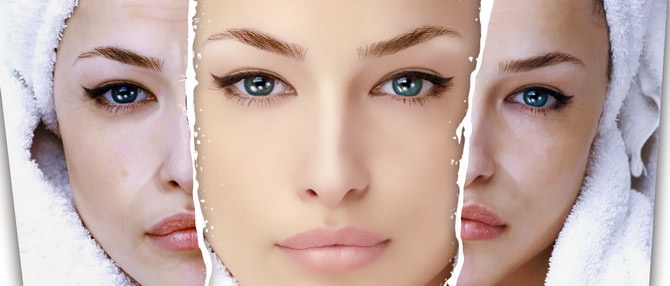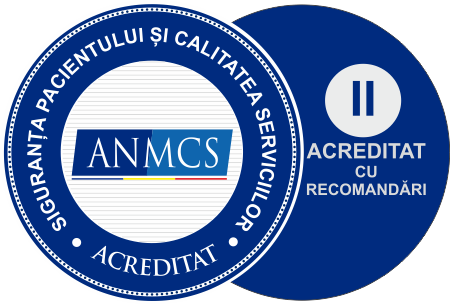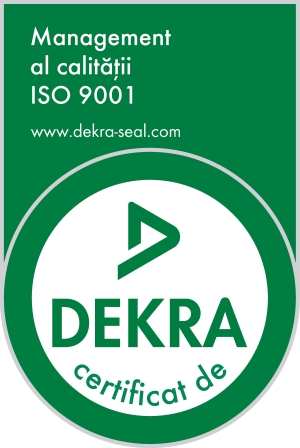Chemical peeling is a procedure through which a chemical/enzymatic agent is applied onto the skin and causes the controlled destruction of the skin layers through gradual exfoliation. Thus, the skin is regenerated and remodelled, with the improvement of the texture and the smoothing of the surfaces. Due to the unequal physiological desquamation of the superficial cutaneous cells, the light unequally reflects from the surface of the skin, creating the appearance of a dull skin, lacking brightness.
Chemical peeling acts on this aspect by removing these dead superficial cells and exposing the deeper cell layer, with a more uniform and younger appearance. This concept has been used ever since ancient times for rejuvenation and beautifying purposes. (Cleopatra bathed in sour milk (which contains lactic acid) and French women used sour wine (which contains tartaric acid) – as beauty products). The peeling formulations were initially kept secret, thus increasing the interest in them due to the remarkable cosmetic results.
Lately, there has been an increased interest in non-invasive and minimally invasive rejuvenation procedures. Of these, peelings have been regarded as a versatile treatment method, being regarded as safe and efficient and enjoying a long-lasting experience. It is a cost-efficient procedure for the patient.
Indications:
Chemical peeling is a useful method in the treatment of skin conditions such as: melasma, acne, post-acne facial scars, rejuvenation of photo-aged skin and skin toning in general. In the treatment of comedonal acne, it acts as an excellent adjuvant technique, also acting on acne scars.
Chemical peelings also are the corner stone of skin rejuvenating treatments, with good results in the early treatment of aging signs. Patients aged between 20 and 35, with fine, superficial wrinkles, hyperpigmentation, photoaging, constant exposure to a high level of environmental polluting factors – are the ideal candidates for these procedures. It is a well-known fact that smokers have a prematurely aged complexion and superficial peeling sessions are recommended for maintenance. Peelings (superficial ones) are also useful in obtaining a brighter complexion, a healthier, better hydrated skin, with the attenuation of the seborrheic skin aspect (oily complexion).
The peeling agent is chosen individually, for each patient, and the attending physician offers pre- and post-peeling skin care recommendations, relying on a clearly set protocol.
Sun exposure is to be avoided after peeling treatments; peeling treatments are recommended during the autumn-winter seasons. Apply an intensely hydrating sunscreen (SPF – 20 – 30) during the day and a non-comedogenic moisturizer during night-time. Winter sports also expose the complexion to extreme weather conditions, which is why you need to apply a moisturizing sunscreen.
A balanced diet is important and, especially during the cold season, a vitamin supplement is required if you want your hair, skin and nails to look healthy. Vitamin C ensures the generation of good quality collagen for a faster healing of wounds, while vitamin E has an important antioxidant role. The correction of iron deficiency is important especially in the case of women, as it removes the fatigue and favours the skin regeneration process.
The peeling is performed with a variable depth depending on the substance used, on the concentration of this substance and, respectively, on the type of action and it can be performed in any area being more frequently applied on the face, neck, neckline and on the back of the hand.
Chemical peels are (histologically) classified by the depth of action into:
- Very superficial – the exfoliation of the stratum corneus, without the necrosis of the epidermis: Example: alpha hydroxy acid peeling
- Superficial – partial necrosis of the epidermis, above the basal layer. Superficial peels offer the advantage that they virtually require no recovery time. Several sessions are, however, needed every 2-3 weeks (an average of 4-6 sessions)
- Medium – necrosis of the epidermis and papillary dermis down to the reticular dermis. The recovery time is longer
- Deep – necrosis of the epidermis, papillary dermis and partially of the reticular dermis. It is performed under general or local anaesthesia (operating theatre), the patient is admitted in the hospital, the recovery time being longer, with a higher risk of complications.
Peeling Counter Indications:
- active infections – viral, bacterial, fungal;
- open wounds;
- autoimmune diseases;
- treatments with photosensitizing medication, pregnancy;
- non-compliant patients or patients with unrealistic expectations;
- patients who are allergic to one of the components of the solution used.
The counter indications for a medium and deep peeling consist in a history of abnormal scars, atrophic skin, Isotretinoin treatment over the past 6 months. In the case of patients with a history of herpes simplex, acyclovir prophylaxis is required in order to prevent relapse and, subsequently, scars.




